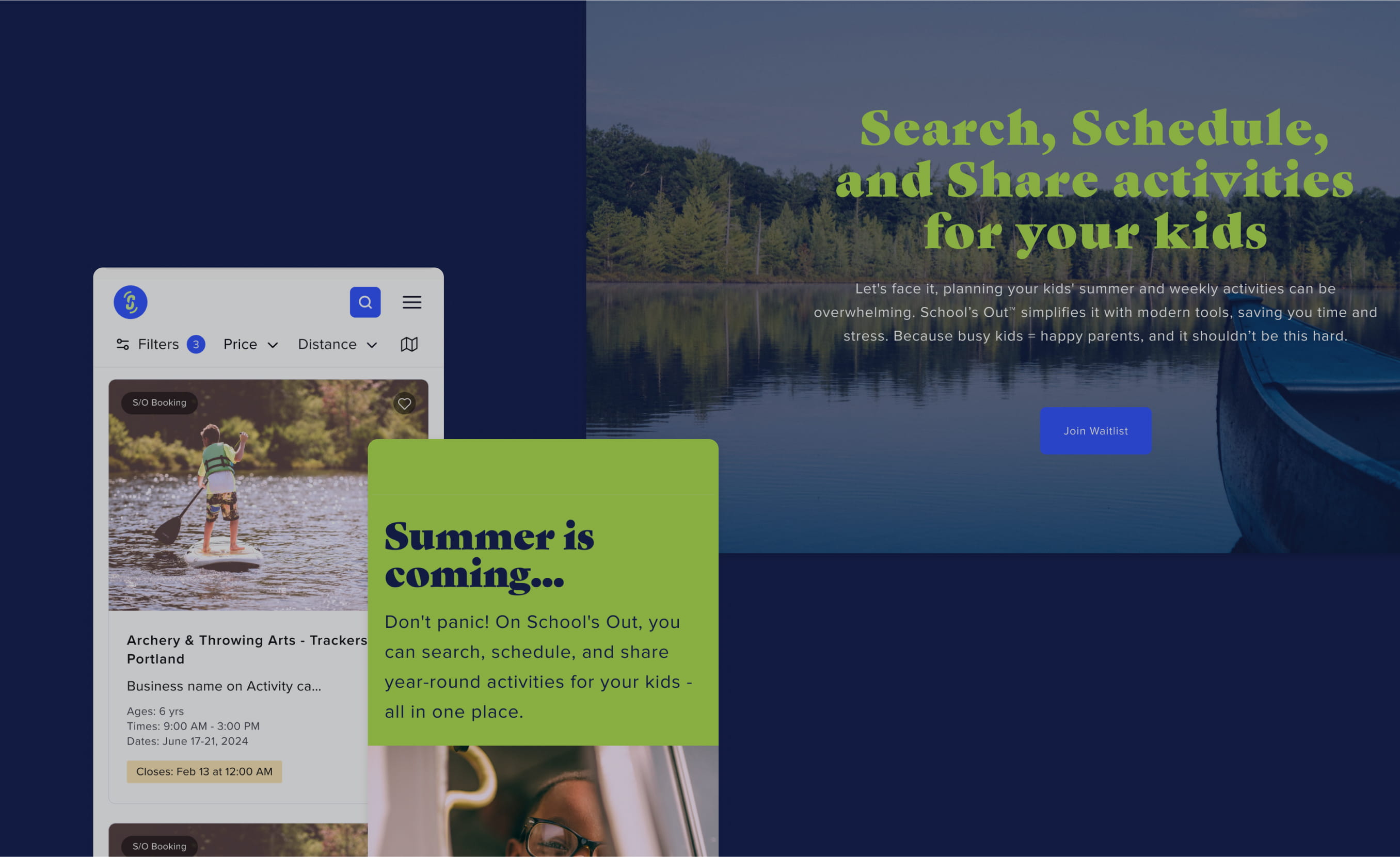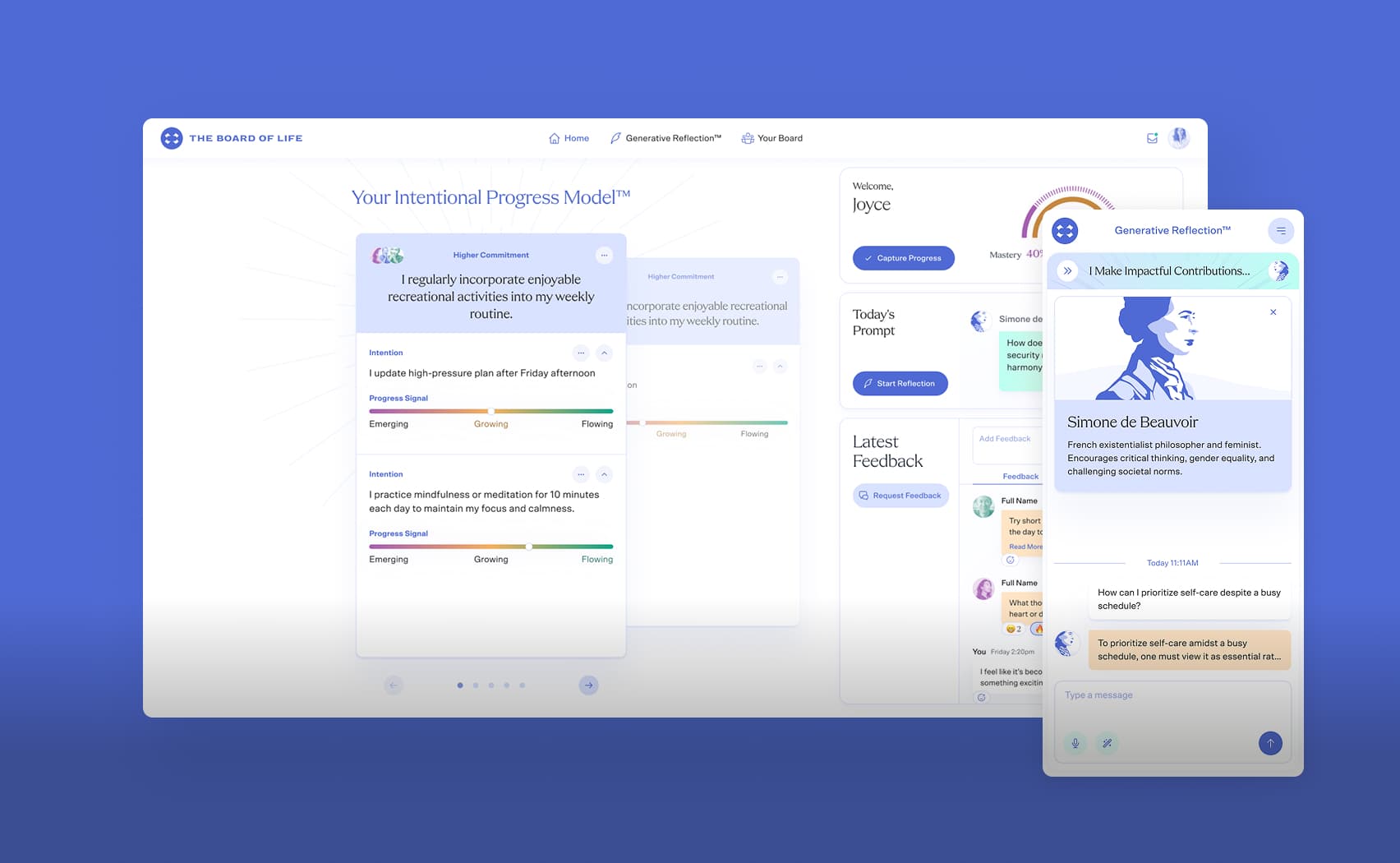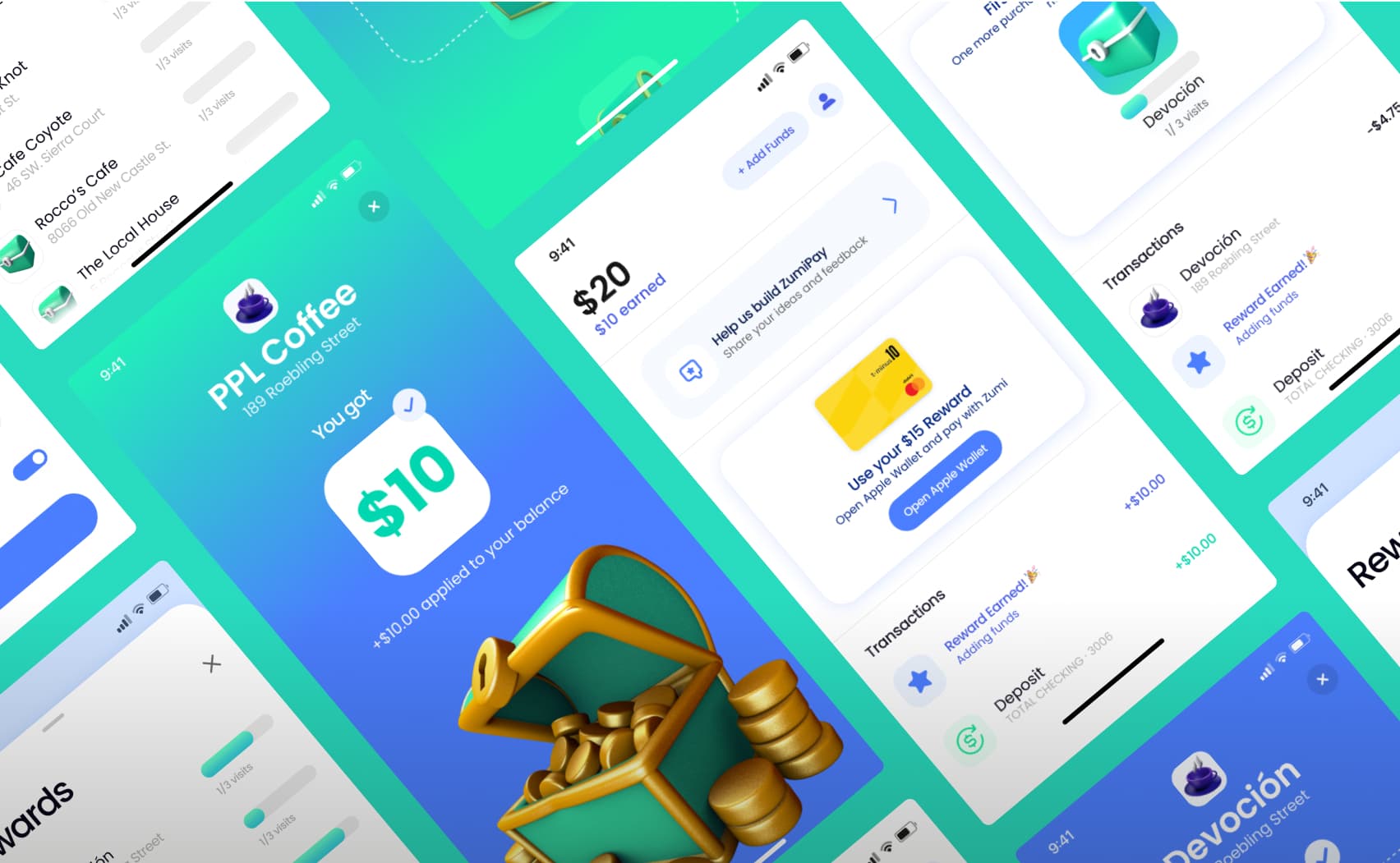Knowing When to Move from No/Low-Code or AI-Built MVP to Custom Development
Building your MVP with AI tools or no/low-code platforms is a smart way to move fast and validate early. But at some point, these tools start holding you back - slowing down performance, limiting what you can build, or becoming more expensive than they’re worth.
Knowing exactly when to move to a custom developed platform can be difficult. Especially in an era where you’ll see headlines like: “Solo founder builds $100M ARR SaaS using ChatGPT in 3 days for $500” (okay, I might be exaggerating, but not by much).
In this article, I’ll walk you through the concrete, measurable signals—backed by real-world data and platform documentation—that tell you it’s time to graduate to custom development. Let's get right to the point:
1. Database Size: 30K–50K+ Records & Major Slowdown
- Airtable, a database often used for MVPs often "slows down considerably after ~30,000 records" on paid plans, and while Enterprise allows up to 500K, performance degradation starts well before that.
- Users in the Airtable community report that the 50K/100K record cap becomes a practical ceiling, and most see slowdown even earlier.
So if you’re running a marketplace app, and after 6 months you’ve collected 40,000 job listings and 20,000 user profiles, you will begin seeing a significant delay when loading a search page, for example. This can lead to user attrition.
2. You’re Trying to Show or Search Through a List with 10,000+ Items
- Bubble, another popular tool for launching MVPs, and other similar tools cap list fields at 10,000 items. If you're trying to let users browse thousands of listings, products, or entries in a single view, things break or load painfully slowly.
Imagine, you built an AI-generated library of 12,000 recipes. When users search for “chicken,” the results page crashes or shows nothing. The platform isn’t built for handling large, dynamic datasets like that. You’ll need custom code.
3. Your Workflows Are Timing Out or Failing at the 5-Minute Mark
- Platforms like Bubble stop workflows after 300 seconds. That includes things like onboarding sequences, syncing data, or sending emails in bulk. Complex workflows get cut off or behave unreliably.
Imagine your app offers a personalized onboarding process: syncing with Stripe, setting up a user dashboard, sending a welcome email, and creating a personalized PDF report. If the backend workflows take longer than 5 minutes, no-code platforms like Bubble will simply cut them off. The user ends up with an incomplete setup, or worse, thinks your product is broken.
4. Your App Slows Down When Displaying Dynamic Content from External APIs
In Bubble, calling external APIs (e.g., OpenAI, Stripe, weather data, or a CRM) from the front end can be slow, often taking 3–10+ seconds, because Bubble waits to fetch and render the data in real time. Unlike custom-built apps where you can cache or pre-fetch data, Bubble doesn't offer much control over this unless you store everything to the database first (which adds cost and complexity).
Imagine your app lets users search for available vacation rentals from multiple third-party platforms (like Booking.com or Airbnb). When a user enters their dates and clicks “Search,” it takes 6–10 seconds for results to show up, because Bubble is waiting for those external API calls to complete in real time. To your users, it just feels broken or slow, and they bounce.
5. You're Paying >10% of Revenue in Platform or AI Tool Fees
No-code and AI tools are incredibly cost-effective at first. But as your product grows, your tool stack often grows with it, and fast. You start layering on premium hosting (like Bubble’s dedicated plan), workflow automation tools (like Make or Zapier), and AI usage (e.g., OpenAI tokens or third-party APIs). The result? Your monthly tool costs balloon, even though your infrastructure still has hard limitations.
If your tool stack is eating up more than 10% of your monthly revenue, you're not investing in your product, you’re renting it.
Unlike custom code, where upfront investment builds long-term infrastructure you own, these fees scale linearly (or worse) with usage, and offer zero equity in return.
6. You Need Real Security, Compliance, or Custom Permissions
This is the most important point of all! No-code tools rarely support advanced security features like audit logs, user roles, fine-grained access control, or compliance with HIPAA/SOC2/GDPR. If your customers care about privacy, you need real infrastructure.
Imagine you're building a mental health app where users write private journal entries. A customer asks whether their data is encrypted, access is logged, and deletable on demand to meet GDPR. You realize your no-code stack can't guarantee any of that, putting your product and trust at risk.
At the end of the day, no-code, low-code, and AI tools are incredible for launching and validating ideas, but they’re not built for long-term scale, performance, or trust.
If your product is showing any of these signs, you’re not failing—you’re growing! And growth requires infrastructure that can keep up. Recognizing the limits of your current stack isn’t a weakness, it’s a strategic inflection point. So if you’re starting to feel friction, don’t wait for the cracks to widen. Start planning your transition to custom development before the limitations cost you users, revenue, or your momentum.



